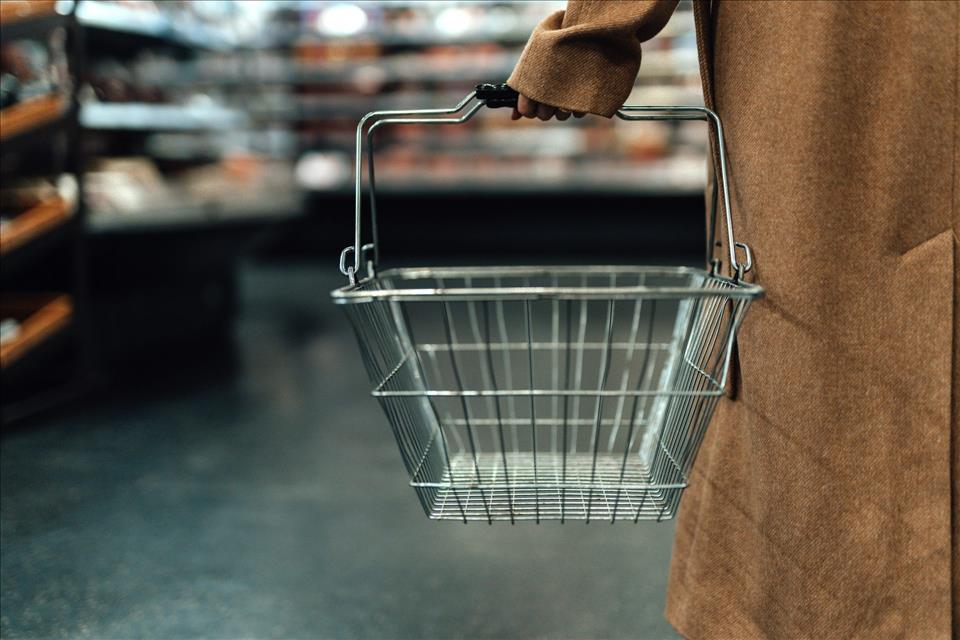
Around 900,000 Kiwis Experience Food Insecurity: It's A Quiet Crisis That Needs Urgent Attention
Perhaps the best way to define this is to look at the internationally accepted definition of its opposite – food security.
This exists when all people, at all times, have physical and economic access to sufficient, safe and nutritious food to meet their dietary needs and preferences for an active and healthy life.
Unfortunately, based on data from the Food Insecurity Experience Scale used by the United Nations Food and Agriculture Organization, New Zealand has seen a clear upward trend in food insecurity.
After falling to 10% in 2015, the rate of moderate or severe food insecurity rose sharply, reaching more than 17% (about 900,000 people) in recent years. And severe food insecurity increased from about 3% in 2014 to around 4% (about 200,000 people) recently.
These figures tell us two things: food insecurity in New Zealand is not a marginal issue, it affects a significant share of the population and the problem is persistent.
Even with fluctuations, the general trend has been upward. The COVID-19 pandemic likely worsened the situation, but the increase began well before 2020. This suggests deeper, structural issues are at play that require long-term solutions.
Food insecurity is worseningMeasuring food insecurity is challenging because it is often hidden and not directly observable. To address this, the FAO's Food Insecurity Experience Scale began in 2014, the first measure of cross-country, comparable food insecurity at the individual level.
The scale is based on a survey to distinguish between two levels of food insecurity : moderate (ranging from reduced quality and variety of food to experiencing hunger) and severe (physiological hunger).
Globally, progress in reducing food insecurity has recently reversed. After steady declines, moderate and severe food insecurity began rising again around 2017, well before COVID struck.
The pandemic sharply accelerated this trend. By 2021, moderate food insecurity had risen to about 29% globally, and severe food insecurity to about 11% – up from about 21% and 8% respectively in 2014.
Although food insecurity spiked during the pandemic, recent declines mask an underlying trend that predates that period and - as seen in New Zealand - points to deeper structural challenges
What predicts food insecurity?Beyond tracking prevalence, we need to understand the predictors of food insecurity. Why certain groups are more vulnerable is key to designing effective responses. In New Zealand, research indicates the importance of several factors:
-
single people face higher food insecurity than those in relationships, possibly due to the lack of shared costs and support
people living in urban areas are more likely to experience food insecurity, which may reflect higher living costs, housing pressures and uneven access to affordable food poor health can increase food insecurity by limiting work opportunities and raising expenses, making food harder to afford
social disconnection and feeling unsafe in one's neighbourhood can limit access to food and support services people who distrust government or feel excluded from public institutions may avoid available assistance or believe it won't help them.
As income increases, the risk of food insecurity generally decreases. Food insecurity peaks around the mid-30s, likely reflecting the financial pressures of mid-life, and then declines with older age.
This is an important point: food insecurity is not just about low incomes. It is also shaped by life stage and individual circumstances, such as family responsibilities, social networks and health, which affect people's ability to access and afford food.
Targeted responses, more researchThese findings highlight an urgent need for targeted policies, including school feeding programmes and nutrition education that can support adolescents.
For adults, especially those facing unemployment or health challenges, policies should prioritise economic stability, healthcare access and expanded social safety nets. But social protection must reflect food insecurity's complexity: simply increasing income isn't enough.
Food insecurity is closely linked to social factors. People with lower social capital or who distrust institutions experience higher risk. Strengthening community networks, rebuilding trust, and improving neighbourhood safety are essential government priorities.
Support should ensure stable food access during life changes such as job loss, care-giving or illness. Conditional cash transfers – direct payments to individuals or households provided they meet certain criteria – should consider household composition and age, while temporary food aid can ease difficult transitions.
The problem in New Zealand is real, rising and more complex than income alone can explain. While we have the tools to measure it reliably, we still lack the depth of understanding needed to design lasting solutions.
Ongoing research is essential to uncover the full picture: who is affected, why, and how best to respond. Only by investing in better evidence can we ensure everyone in New Zealand has access to the food they need to live an active and healthy life.

Legal Disclaimer:
MENAFN provides the
information “as is” without warranty of any kind. We do not accept
any responsibility or liability for the accuracy, content, images,
videos, licenses, completeness, legality, or reliability of the information
contained in this article. If you have any complaints or copyright
issues related to this article, kindly contact the provider above.


















Comments
No comment